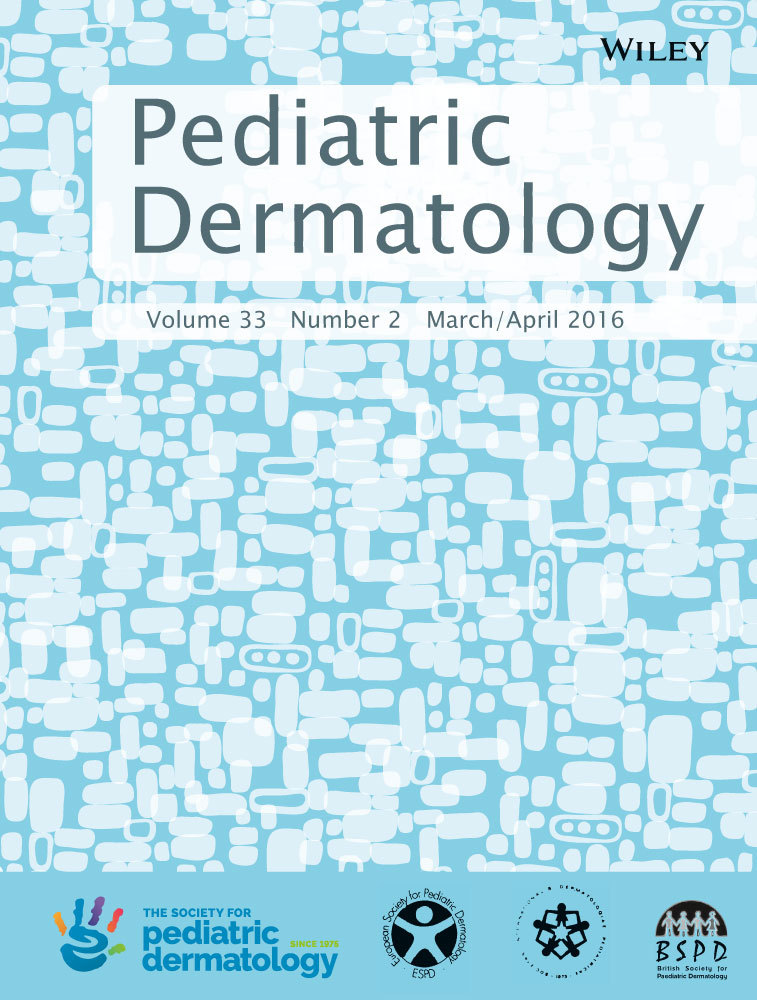Topical Timolol for Infantile Hemangiomas: Evidence for Efficacy and Degree of Systemic Absorption
Abstract
Background
Topical use of timolol for infantile hemangiomas has recently emerged with promising results. It is unknown whether topical β-blockers act locally or if their effect is partly due to systemic absorption. This study investigates whether topically applied timolol is absorbed and reports on the efficacy of this treatment.
Methods
We treated 40 infants with small proliferating hemangiomas with topical timolol gel 0.5% twice daily and assessed urinary excretion and serum levels in a proportion of patients. Clinical response was evaluated on a visual analog scale of standardized photographs after 1, 2, 3, and 5 months.
Results
Forty infants with a median age of 18 weeks (range 2–35 wks) were included; 23 (58%) had superficial and 17 (42%) mixed-type hemangiomas. The median size was 3 cm2 (range 0.1–15 cm2) and nine hemangiomas were ulcerated. The hemangiomas improved significantly during treatment, with a median increase in visual analog scale of 7 points after 5 months (p < 0.001). Urinalysis for timolol was performed in 24 patients and was positive in 20 patients (83%). In three infants, serum levels of timolol were also measured and were all positive (median 0.16 ng/mL [range 0.1–0.18 ng/mL]). No significant side effects were recorded.
Conclusion
Topical therapy with timolol is effective for infantile hemangiomas, but systemic absorption occurs. Serum levels in our patients were low, suggesting that using timolol for small hemangiomas is safe, but caution is advised when treating ulcerated or large hemangiomas, very young infants, or concomitantly using systemic propranolol.




